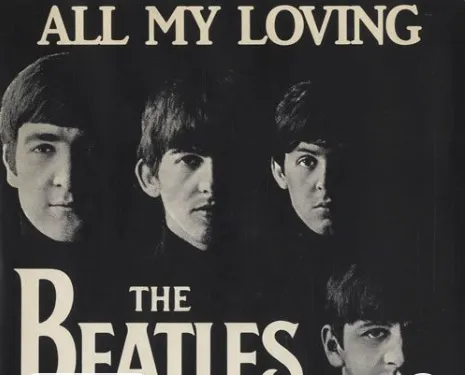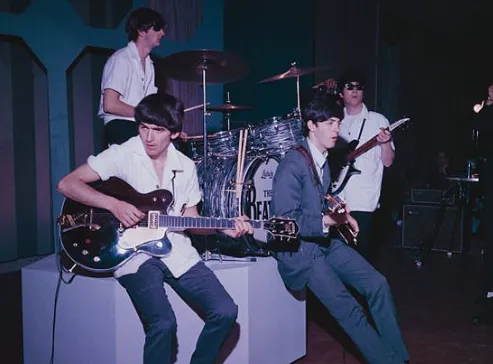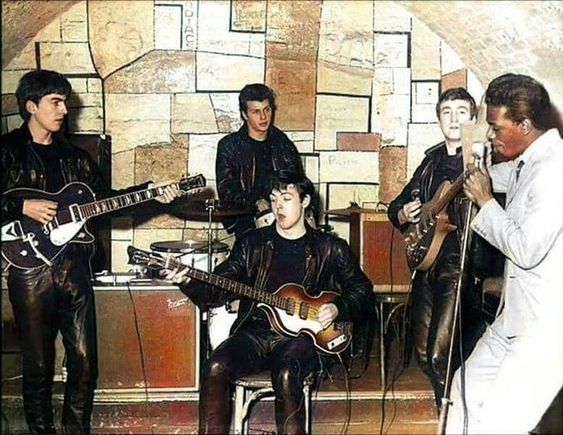About the song
(Watch the video below)
In the storied tapestry of The Beatles' illustrious career, "Penny Lane" stands as a shimmering gem of musical genius, a timeless tribute to the idyllic landscapes of childhood, the bonds of community, and the power of memory to transcend time and space. Released in 1967 as a double A-side single alongside "Strawberry Fields Forever," this iconic track captures the essence of a bygone era with its evocative lyrics, infectious melody, and lush orchestration, transporting listeners on a magical journey through the streets and alleyways of Liverpool, England.
At its core, "Penny Lane" is a vivid and nostalgic portrait of a quintessentially British neighborhood, immortalizing the sights, sounds, and characters that populated the band members' formative years. Written primarily by Paul McCartney and inspired by his childhood memories of growing up in Liverpool, the song paints a rich and vivid tapestry of everyday life in the city, from the bustling shops and cafes of Penny Lane to the colorful characters who populated its streets. With its evocative imagery and heartfelt sentiment, "Penny Lane" captures the essence of a bygone era with a sense of warmth, affection, and longing that is impossible to ignore.

From a musical standpoint, "Penny Lane" is a masterpiece of songcraft and arrangement, showcasing The Beatles' unparalleled skill as composers and performers. The song's infectious melody, punctuated by McCartney's lilting vocals and John Lennon's haunting harmonies, creates a sense of nostalgia and longing that is both palpable and profound. George Martin's lush orchestration, featuring a soaring brass section and swirling strings, adds depth and texture to the arrangement, elevating the song to new heights of beauty and sophistication.
One of the most striking aspects of "Penny Lane" is its attention to detail and its ability to evoke a sense of time and place with remarkable precision. From the opening lines ("In Penny Lane, there is a barber showing photographs / Of every head he's had the pleasure to know") to the vivid descriptions of the "fireman with an hourglass" and the "pretty nurse selling poppies from a tray," the song paints a vivid and immersive portrait of life in a small British town, capturing the essence of a bygone era with a sense of warmth, affection, and authenticity.
Moreover, "Penny Lane" serves as a testament to The Beatles' ongoing evolution as artists and their willingness to push the boundaries of popular music. Released at a time of intense experimentation and creative exploration, the song showcased the band's adventurous spirit and their commitment to pushing the boundaries of the medium. While "Penny Lane" may have been dismissed by some as a mere nostalgia trip upon its release, its timeless appeal and universal themes of love, longing, and the passage of time have earned it a place as one of the band's most enduring and beloved compositions.

In many ways, "Penny Lane" encapsulates the spirit of The Beatles' remarkable journey from local heroes to global superstars. Released at the height of Beatlemania, the song captured the zeitgeist of the era with its infectious energy, irreverent humor, and unapologetic celebration of nostalgia and community. It remains a cherished classic that continues to inspire and uplift listeners of all ages, inviting them to join in the celebration of life, love, and the enduring power of memory.
As we continue to revisit The Beatles' legendary discography, songs like "Penny Lane" serve as a reminder of the band's unmatched influence on popular music and their enduring legacy as cultural icons. With its infectious melody, evocative lyrics, and timeless appeal, the song remains a vibrant and joyous celebration of the human spirit and the enduring power of music to touch the hearts and minds of listeners around the world.
-1715405438-q80.webp)


